Creators, Makers, and Doers: Lydia Sakolsky-Basquill
Posted on 8/30/16 by Arts & History
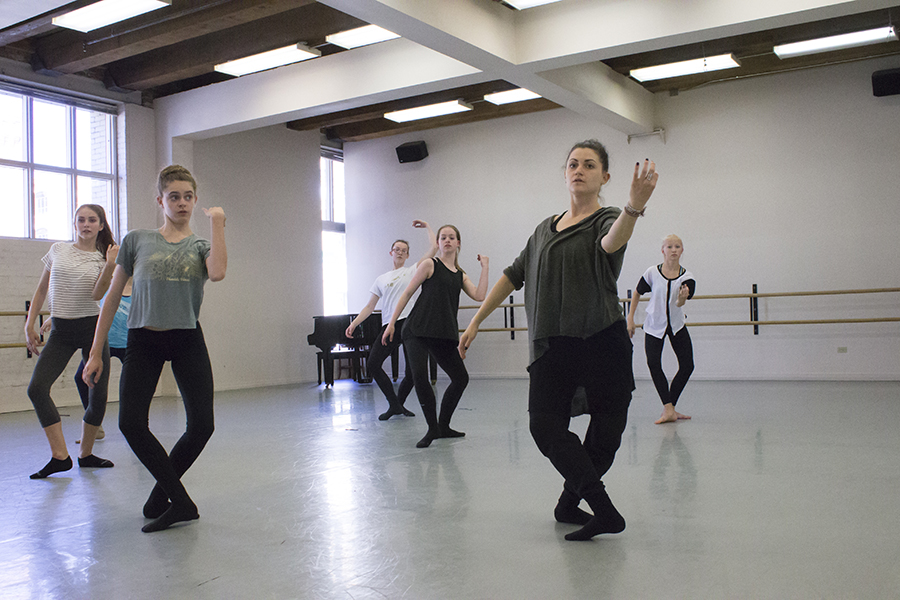
Lydia Sakolsky-Basquill is afforded the rare opportunity to make a living within the discipline she loves: dance. Through multiple endeavors, Lydia is embedded in the dance community, teaching for Ballet Idaho, choreographing for the Academy, and running her own non-profit, Project Flux. Lydia also spearheads the grant-funded, Learning through Dance program as part of Ballet Idaho’s educational outreach efforts. Throughout the year, Lydia visits schools in Boise and nearby areas to expose students to dance and creative expression.
Can you describe your role in the community?
I grew up in Meridian, dancing at a studio there, and I knew very early on that I wanted to be a teacher. I went to school at the New World School of the Arts in Miami and Arizona State University and studied dance performance. From there, I went to San Francisco and studied free-dance and I was training under the San Francisco Conservatory of Dance. In 2011, I got a phone call from Emily Wallace, the Ballet Idaho Academy director and she offered me a position to teach. I moved back for that, and immediately became the outreach coordinator for the Learning through Dance program. So, I teach with the faculty here, for the Academy, and I do the Learning through Dance program as part of Ballet Idaho.
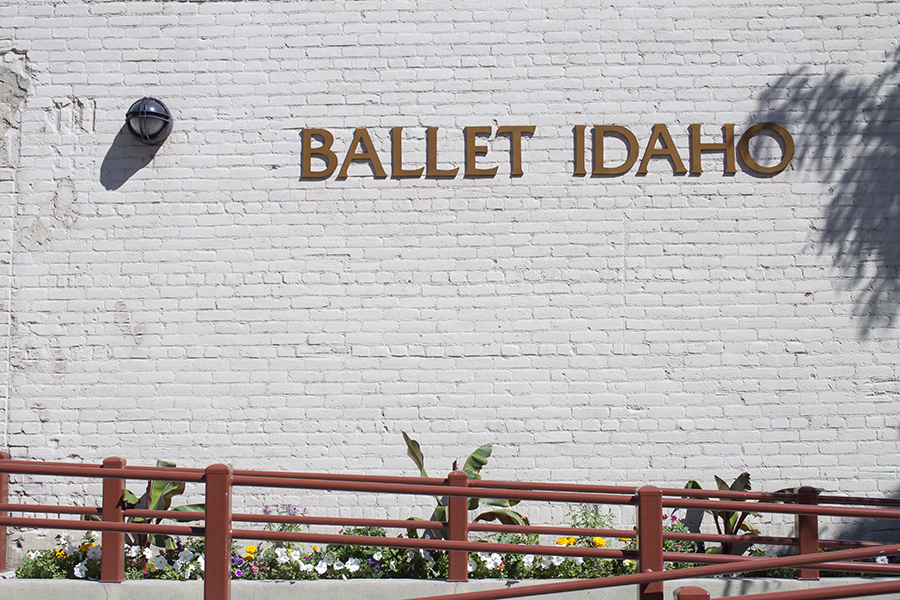
Is this a full-time job for you?
It’s not. I mean, it’s as full-time as I think a dance teacher can get. It depends on how many schools we have throughout the year. We’ve really expanded. When I was first doing the Learning through Dance program, we had about six schools and the goal was always to get to twelve or fourteen. From there, I immediately went into twelve schools and it has just grown from there. I now have two other instructors with me. They just finished their first year doing the Learning through Dance program.
How do you make it work as part-time?
I actually… dance full-time. I just teach dance. I teach full-time, but I teach for different studios around. So, I have my own nonprofit organization called Project Flux. I also do youth choreography and I choreograph for the company here and for Idaho Dance Theatre. So, everything that I’m doing is dance-related.
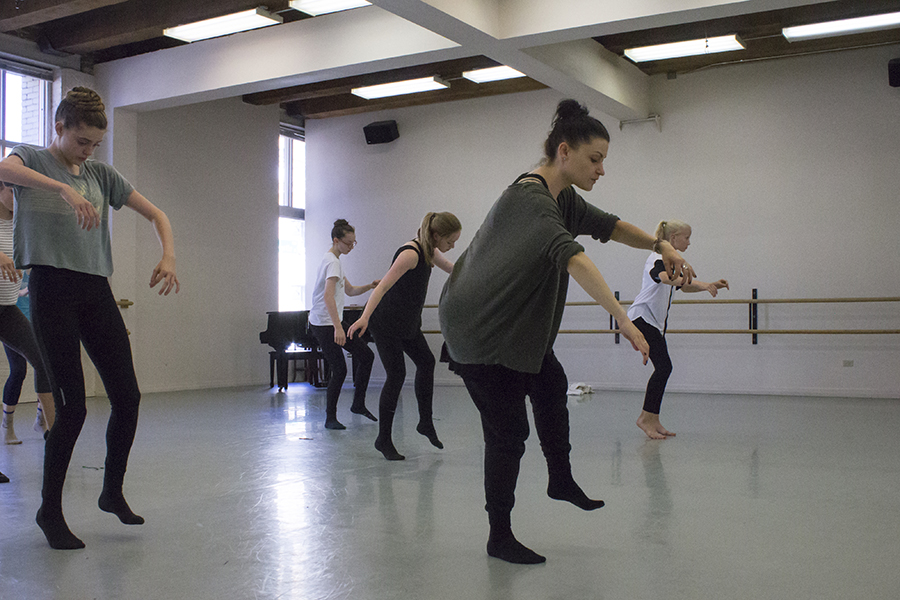
Is there a particular style or technique that you are drawn to?
I started training classically, classical ballet. And then when I got into… fourth or fifth grade, I got interested in jazz. After jazz, I decided I wanted to do it all, so I was doing tap and hip hop and all of that. When I went to college, I focused mainly on ballet and classical modern. There are different schools of ballet. Ballet Idaho trains Balanchine technique, so it’s very particular, when you carry your arms here, it’s called this, and when you do this, it’s called that. There are the same classical techniques for modern dance as well.
I got arthritis in my hips when I was in high school, and ballet and I—we have a love-hate relationship because of that. My body let me know that ballet was not going to be my route. Because of that, I studied more modern and contemporary movement, and then transferred to Arizona State and got into a modern company and fell in love with the floor and all of that. Still, for the Academy here, I still teach classical technique. I teach classical ballet and their modern program.
When it comes to the Learning through Dance program, I’m walking into classrooms where a lot of these kids don’t have access to arts or anything like that. So, if I come in there with this very strict attitude, “These are the rules and this is what needs to happen”—I think it can tear a lot of people away from the arts. Part of the Learning through Dance program is to reach out to communities that don’t have easy access to that. This past year I was in Melba, Mountain Home, Emmett, and if this is the only kind of access that the kids get, I want them to feel something from that. So, training them to breathe differently, and think differently. I think a lot of the feedback that I get from the schools is that the kids are learning patience and discipline in that sense, where it’s, you know, “Take a breath” and “This should feel like this” and “Why are you angry? Talk to me about why that happens.” I think I made the flip, I’m still a classically trained mover, but I mentally made the flip of being more about sensation-based stuff and how that works.
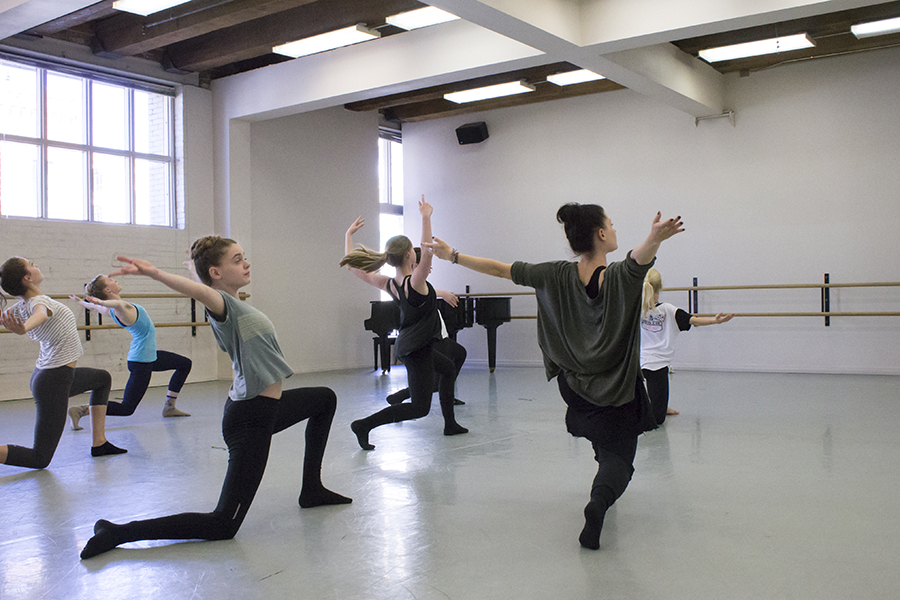
Can you explain in more detail what the Learning through Dance Program is?
It’s a ten-week program. We go into the schools for an hour a week. It’s geared toward third graders, so all of the curriculum is based on what third graders should be learning in English, science, math, all of that. Our focus is to try to give them the breadth and width to think about all of the subjects outside of “This is this and these are the rules and this is what’s happening,” and to be a little bit more expressive in that sense. Throughout the ten weeks, they realize, “I can think for myself,” and that’s sort of what happens in that third-grade realm. Eight and nine years old is when they make that transition where they’re like, “Oh, I can think. I do have thoughts. And I do have a voice.” It’s a nice way, I think, for them to get a little bit more confidence. It’s always a surprise, too, when I go in, because the boys are very anti-doing it the first week. But, by the second week, they’re the biggest fans of class. It’s a lot of fun. With the way that the school programs are, they’re cutting out the arts and they’re cutting out the athletics and they’re cutting that stuff out. It’s a nice little introduction for the kids.
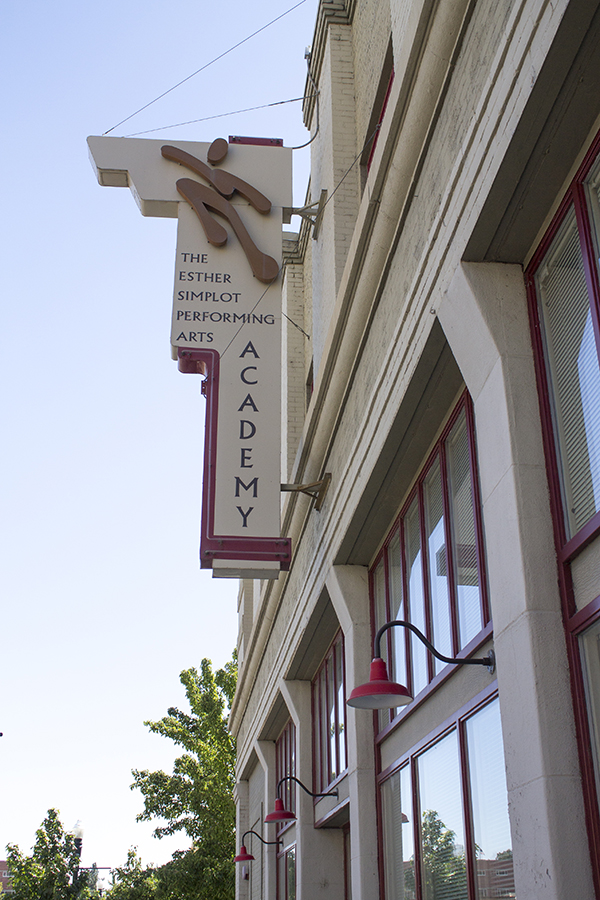
Can you explain the importance of having a program like this for the schools?
One of the best parts about this program is that we offer a scholarship to each classroom at a school. So, for example, if we have four classrooms in one school, we offer four scholarships to the school. And each student gets a year at Ballet Idaho, free of tuition. We probably have a twenty-five to thirty percent rate of kids who come and actually utilize that. But, even if they get offered the scholarship, it gives them or hopefully it gets them a way to realize, “Well, maybe I can do this and maybe this is something I could look more into.”
One of our students now, is a junior this year, and he got in through the school, through the Academy, through the Learning through Dance program, before I was here. So, when he was in third grade, and he’s been dancing ever since. He’s very driven to be a ballet dancer now. He’s looking at schools to go there. He’s been doing summer intensive and summer training. It’s something that he might not have had access to any other way. So, I think it’s really special in that sense.
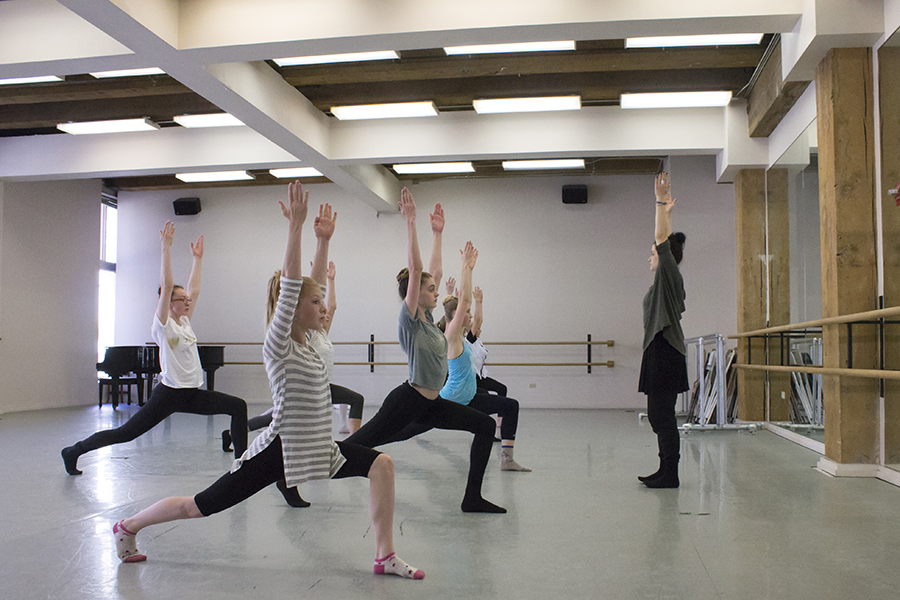
What kinds of opportunities do the students have of moving up as a dancer?
If they’re with the Academy here, they get to work with the professionals in their performances, like the “Nutcracker” and stuff that we put on at the Morrison Center. A lot of times they have student roles that need to be filled, so the Academy kids get to do that. If they show a lot of promise, they become apprentices in the company here. We have a couple of apprentices here now. If all goes well at that point, they’re offered full-time company positions. There’s also an Idaho Dance Theatre and Lauren Edson Dancers, or LED. (And) Project Flux, my thing. So, its opening up. It’s actually really exciting. It’s one of the reasons why I was ready to come back, because I could just see that the community was growing. The arts community is hungry for this. They want it and they want more and they’re smart audience members. They know what they like, they know what they want, and they also know that they want to explore, and you don’t get that a lot, especially in a bigger city. The support here is incredible for the arts in general.
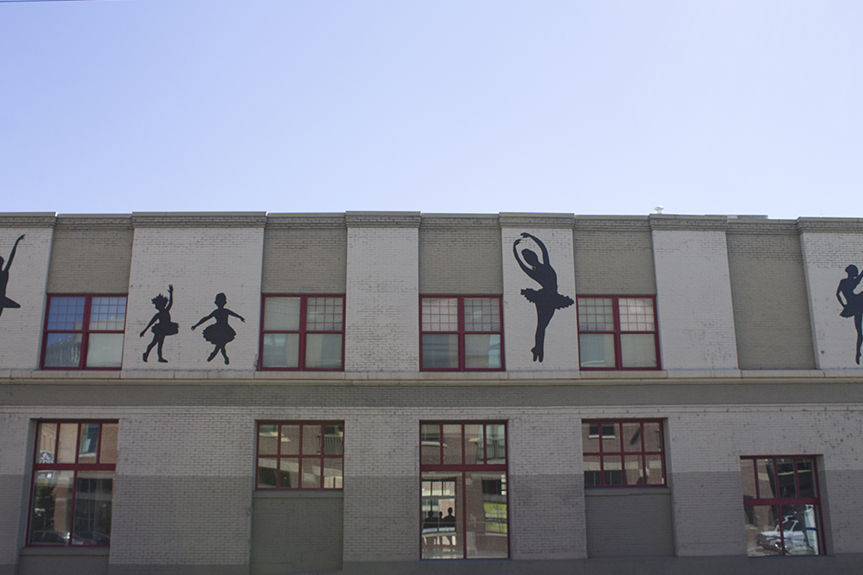
Can you recognize any resources that are lacking?
It’s always funding. The support is there. The audience is there. And we’re growing and it’s expanding. It gets really exciting to walk into a ballet, the “Nutcracker,” and see somebody who would have normally never consider seeing ballet. But because they saw something else, like that Project Flux or something, now they’re intrigued and they want to know more about dance in general. So, you see them there. Or, vice versa. Having somebody come to a Ballet Idaho show and then being, like, “Well, I kind of want to see what this means and where that goes.” And then they get the chance to see that through Idaho Dance Theatre and LED and Project Flux. I think that, because we all know that this community is really small still, we’re still very collaborative and I appreciate that personally. We’re too small to be competitive, so I feel like the collaboration is the best way to go. It’s the best way to maintain really nice relationships and know that your audience is supporting us and ours is going to support you. There’s a plethora of support around. But, that being said, with this plethora of support and so many people saying, “Great, what’s next?” We say, “Well, we need money to make the next thing happen.” So, I think funding is definitely very important. It’s hard to do, because marketing is not my strong suit. I want the work to sell itself, so I have a hard time asking for things up front.
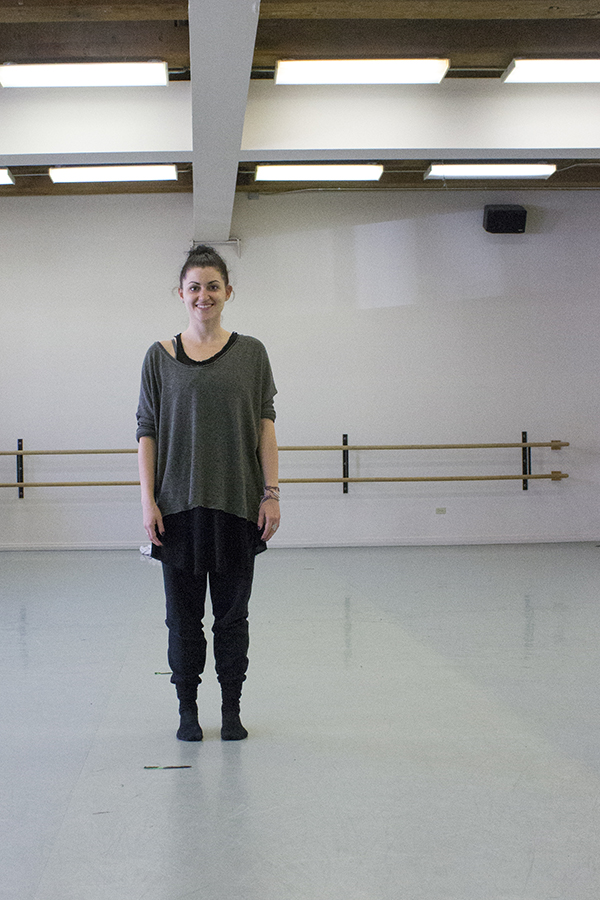
Finally, do you have any words of advice?
My saying for the summer has been, “Have an intention. Know why.” If you don’t know why, just be open to having one. You don’t always need to know why, but sometimes you just need to be. And in that moment, just be. So, if your intention is something very small or very large, just have the intention. Sometimes my intention is as small as just making sure that a kid got the combination that day, or it could be a little bit larger in the sense that I want to let the voice be heard to more people. Just be very clear about why you’re doing it. It’s okay not to know all the time, but, if you don’t know for too long, then ask yourself why.
Creators, Makers, & Doers highlights the lives and work of Boise artists and creative individuals. Selected profiles focus on individuals whose work has been supported by the Boise City Dept. of Arts & History.